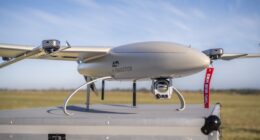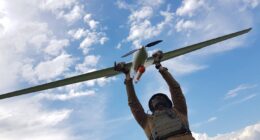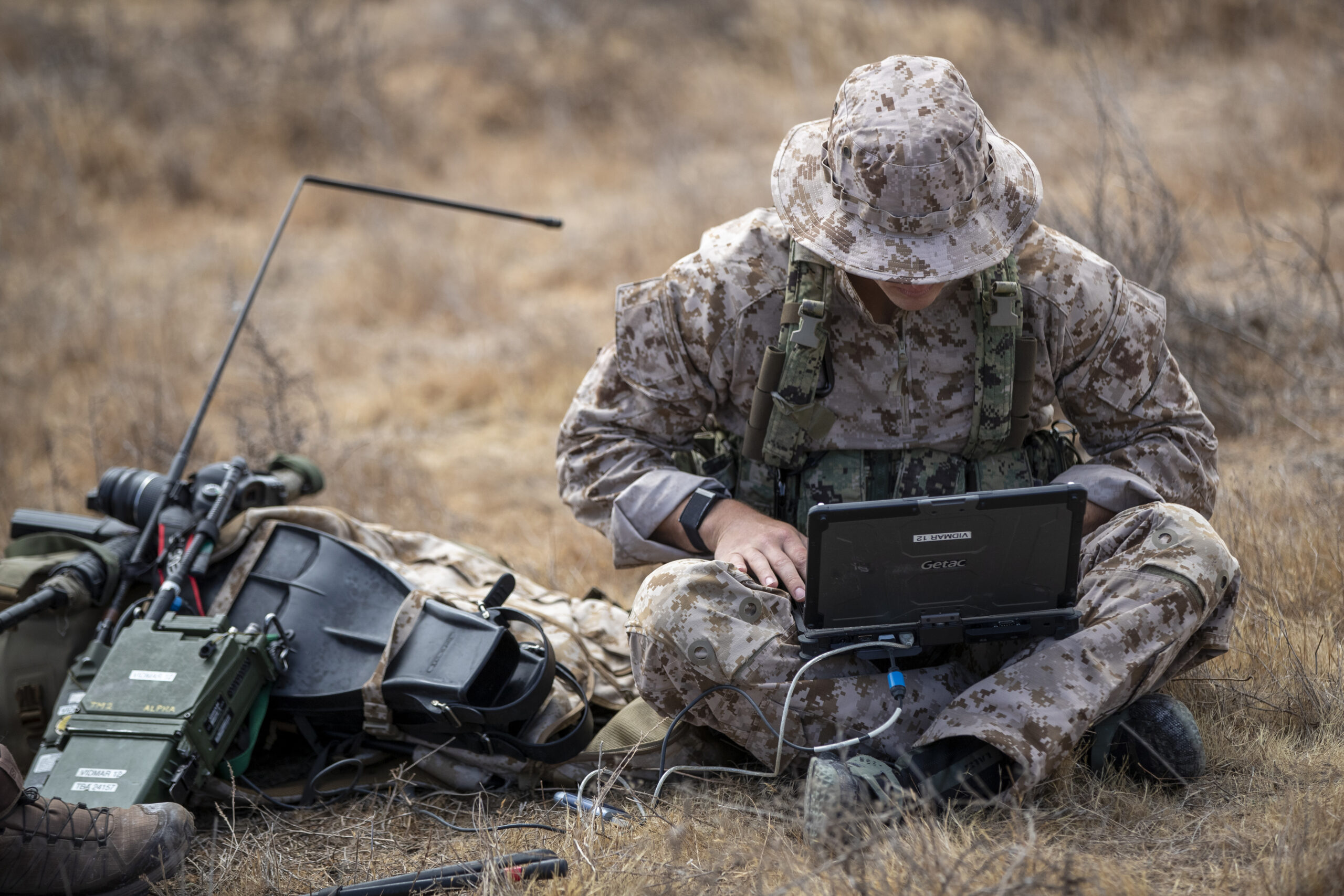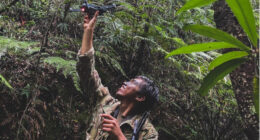In a strategic shift toward digital-first innovation, the US Army has partnered with Duality AI to create a powerful, AI-driven counter-drone system built entirely in simulation before ever touching real-world hardware.
The system, called “AI Target Detection and Recognition” (AiTDR), will be designed to give infantry troops a critical layer of protection on the battlefield, spotting and identifying hostile drones before they become a threat.
What sets it apart? Everything starts in the virtual world.
Using Duality’s Falcon simulation platform, engineers will train the AI to recognize drone threats with pinpoint accuracy across a wide range of realistic combat scenarios.
The simulated environment will give developers the freedom to test, tweak, and optimize the system from every angle — long before any boots, wheels, or hardware hit the ground.
The result: smarter development, fewer delays, and significantly lower costs.
“The program is transforming how tomorrow’s military technology is developed,” said Duality co-founder Apurva Shah, and is helping to “push the possibilities of AI defense systems for the US Army.”
‘Digital-First’ Approach
To build the AiTDR, teams from Duality and the US Army Research Lab will first use Falcon-generated data to shape the initial AI model.
The model will then be tested in fast-moving, high-pressure virtual environments that reflect the realities of modern combat.
This approach allows the teams to confront challenges up front: adjusting sensor configurations, exploring edge cases, and improving threat recognition — all without waiting for physical systems to catch up.
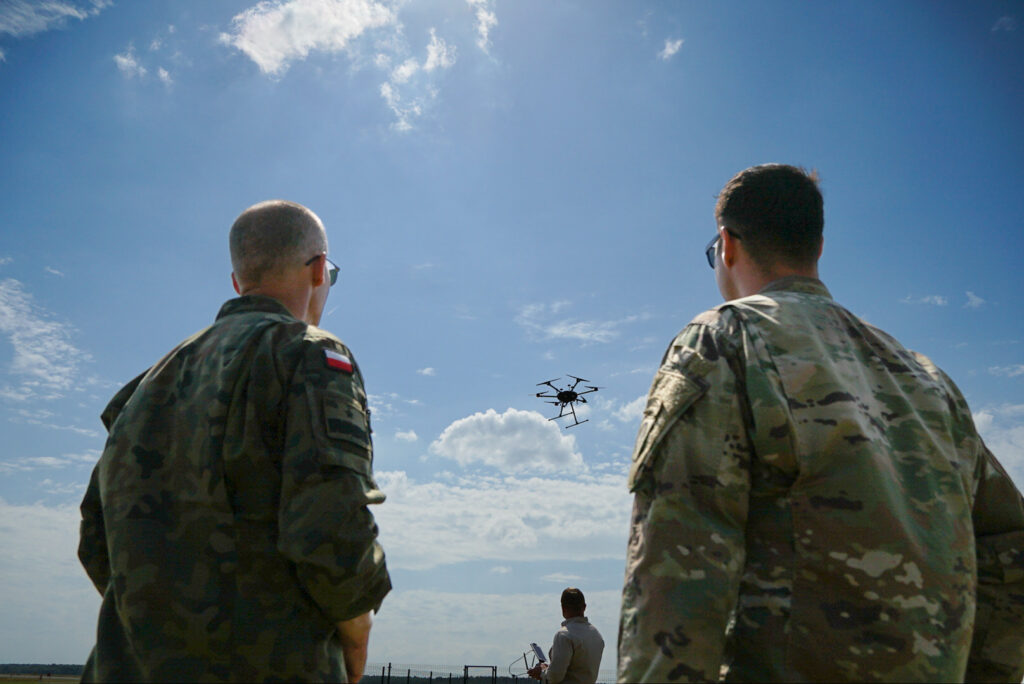
“Falcon’s complete control over simulation environments gives the Army ability to train and test the AiTDR model in complex conditions, explore varied drone detection scenarios, and validate potential solutions in simulation before the physical hardware is even ready for field testing,” said Michael Taylor, co-founder and Chief Product Officer of Duality AI.
In the next phase, the focus shifts to refinement — tuning the model for greater accuracy and syncing the simulation parameters more closely with real-world conditions.
The idea is to create an AI system that isn’t just smart in theory, but fully reliable when deployed.
“Accomplishing these critical early steps with digital twins is vital for a viable future of field-deployable AI systems,” added Taylor.
Looking beyond this project, the Army is also exploring how Falcon’s digital twin technology could accelerate development across other AI and machine learning programs that depend on vast, high-quality training data.
Once ready, the AiTDR will be integrated into the XM30, the Army’s next-generation infantry vehicle designed to replace the aging M2 Bradley fleet.






